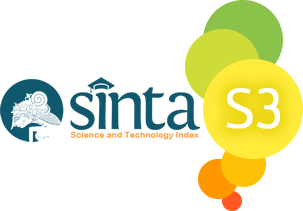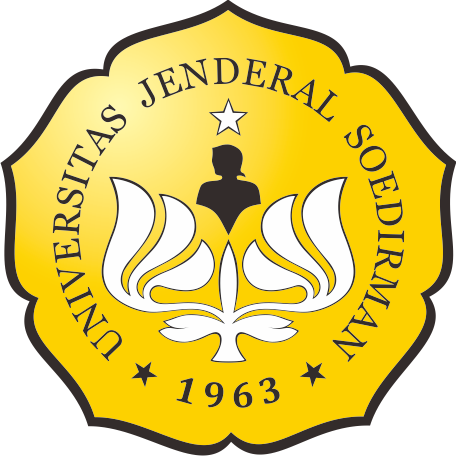PROFIL DARAH KUSKUS PHALANGERIDAE DI DATARAN RENDAH PAPUA
Abstract
The cuscus study for approximately 15 years showed that there are morphological and morphometric differences among the same species. Cuscus is a nocturnal animal that very dependent on natural forests, which in fact is beginning to decrease. Environmental and food changes are the cause of changes in the blood profile. Therefore, this research needs to be done with the aim of obtaining blood profiles, preparing blood smear from each type of cuscus from the lowlands and islands in Papua. The results of this study describe blood profiles of three species of cuscus found Spilocuscus maculatus, Spilocuscus papuensis and Phalanger orientalis. Types of Leukocytes found consisting of Basophils, Eosinophils, stem Neutrophils, segment Neutrophils, Lymphocytes and Monocytes in S. maculatus; Basophils, Eosinophils, stem Neutrophils, segment Neutrophil, Lymphocytes in S. papuensis; and Basophils, Eosinophils, segment Neutrophils, Lymphocytes, Monocytes on P. orientalis. The largest number of leukocytes is S. maculatus ♂ adult (12,20x103 / mm3). The highest amount of Eristrosit is P. orientalis ♂ adult (10.780.000 / mm3). The highest hemoglobin belongs to S. maculatus ♂ adult is 14.8 mg / dL, and the highest percentage of hematocrit is also S. maculatus ♂ adults (44%). The three species of cuscus have different numbers of leukocytes, erythrocytes, haemoglobin and hematocrit.
Keywords
Article Reads
Total: 1114 Abstract: 1114Refbacks
- There are currently no refbacks.

This work is licensed under a Creative Commons Attribution-ShareAlike 4.0 International License.
This website is maintained by:
Bio Publisher
The Faculty of Biology Publishing
Faculty of Biology
Universitas Jenderal Soedirman
Jalan dr. Suparno 63 Grendeng
Purwokerto 53122
Telephone: +62-281-625865
Email: biologi@unsoed.ac.id
T his website uses:
OJS | Open Journal System
A free journal management and publishing system that has been developed by the PKP (Public Knowledge Project) version 2.4.8.0.
All article content metadata are registered to:
Crossref
An official nonprofit Registration Agency of the International Digital Object Identifier (DOI) Foundation.
Articles in this journal are indexed by:









